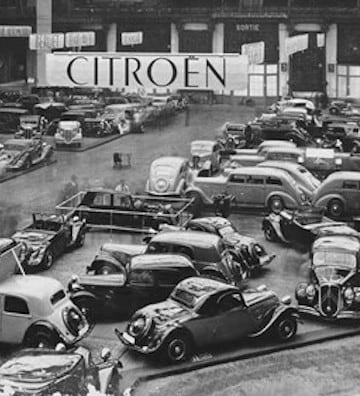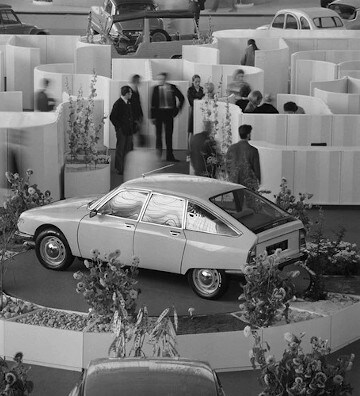
CITROËN: 100 YEARS OF AUDACITY AND INNOVATION

THE CITROËN HERITAGE
Since 1919, the Citroën brand has shown boldness and an attachment to people that has never been denied throughout its history.
With its almost century-old heritage of more than 300 models, some of which have forever marked the automotive industry, Citroën is inscribed in the hearts of every Frenchman.
It is in this historical epic, initiated by the visionary genius of André Citroën, that we invite you here to immerse yourself.

CITROËN LOGO HISTORY
While in Poland in 1900, André Citroën learns about the new process of metallic gears. One of the systems uses chevrons. This engineer and future founder of Citroën buys the license and adapts it for his French factories. He then chooses the make the double chevron the emblem of his first company.
100 YEARS OF HISTORY

CITROËN ORIGINS VIRTUAL MUSEUM
Launched in 2016 and accessible in 65 countries, this virtual museum brings together a collection of 83 iconic Citroëns.
It offers an unprecedented immersive experience, both visual and sound, the discovery of the Brand's models, in 3D, indoors and outdoors.

CITROËN CONSERVATOIRE
Citroën has built an unparalleled automotive heritage from 1919 up to modern day. This heritage is honored by the Conservatoire in Aulnay-sous-Bois, a museum that houses one of the world's largest collections of vehicles, more than 400 historic models.
Not forgetting the industrial and commercial archives that trace the history of an iconic brand.
Not forgetting the industrial and commercial archives that trace the history of an iconic brand.

























